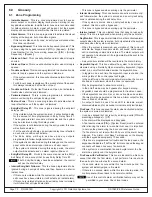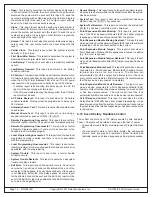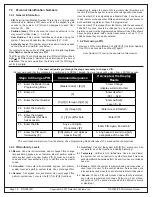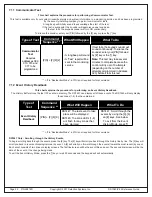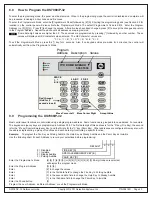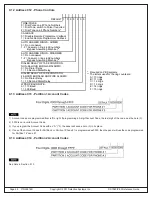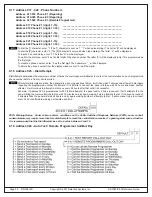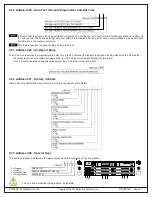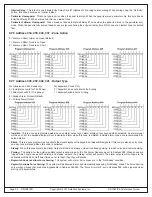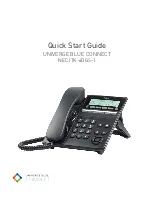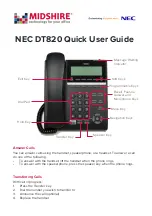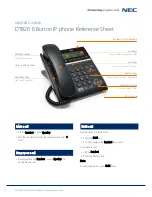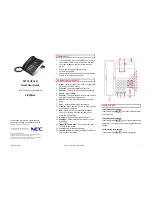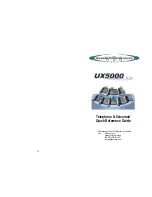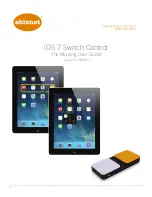
Page 22 P/N 39818D Copyright © 2001 Detection Systems, Inc. DS7080iP-32 Reference Guide
7.11 Communicator Test
This chart explains the procedure for performing a Communicator Test.
This test is available only if your system transmits alarms and system information to a monitoring service, and has been programmed
by the security installing company to permit communicator tests.
A long beep will initially sound to acknowledge the start of the test.
If the test is successful, the sounder will again issue one long beep.
If the test fails, the keypad sounder will turn ON continuously.
To silence the sounder, enter your [PIN] followed by the [#] key or press the [*] key.
Type of Test
Command
Sequence **
What Will Happen
What To Do
Communicator
Test
Requires
addresses 082,
013, 015 and
017 to be
programmed
[PIN] + [#] [8] [2]
• A long beep will sound
• A “Test” report will be
sent to the monitoring
service
If test fails, the keypad sounder will
sound continuously. To silence the
sounder, enter your [PIN] followed
by [#] key or the [*] key.
Note: This test may take several
minutes to complete because the
control will try up to 10 attempts
(depending on the number of
attempts programmed in Address
023) before it fails this test.
** = If in “Residential Mode”, a PIN is not required for this command.
7.12 Event History Readback
This chart explains the procedure for performing an Event History Readback.
The History Buffer stores the last 100 events in memory. The DS7447 can display all of these events. The DS7445 will only display
those zones (1-8) that have alarmed.
Type of
Test
Command
Sequence **
What Will Happen
What To Do
Event History
Readback
[PIN] + [#] [8] [9]
DS7447: The last event to take
place will be displayed
DS7445: The zone LEDs (1-8)
will flash for any zones that
have alarmed.
DS7447: Scroll through the
events by using the [9], [6]
an [#] keys. See below.
To exit from the Event
History Mode, press [*]
** = If in “Residential Mode”, a PIN is not required for this command.
DS7447 Only: Scrolling through the History Events.
To begin scrolling back through the events, press the [#] key. The [#] key will scroll you back through the history line by line. The [9] key will
scroll you back in reverse chronological order by event. A [6] will scroll you forward through the events (toward the most recent) by event.
Each event consists of two lines or display screens. The first line/screen will be the event title and user. The second line/screen will be the
date of the event or the change being made.
To exit the Event History Mode, press the [*] key or wait 20 seconds and the keypad will exit automatically.



